Ah, the timeless appeal of the black and white striped jumpsuit! Let’s be honest, this iconic piece screams sophistication with a rebellious touch. If you're after a prisoner outfit drawing that captu...
Zyra Lookbook
CreatorPrisoner Outfit Drawing: Unleash Your Inner Rebel with Style
0
#Prisoner outfit drawing#Piece Perfect
Products
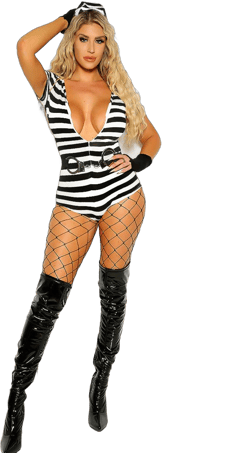
White Black Stripe Sexy Prisoner Romper 2 Pc Costume
Unknown$29.99
(128)
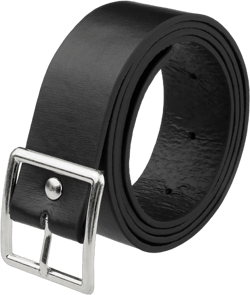
Elerevyo Women's PU Leather Belts Black Waist Belt with Pin Buckle for Jeans Square Silver Buckle
Elerevyo$13.49
(128)
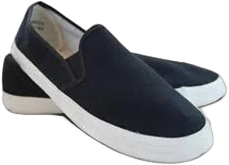
Prison Men's Canvas Slip-On Deck Shoes
Unknown$7.25
(128)
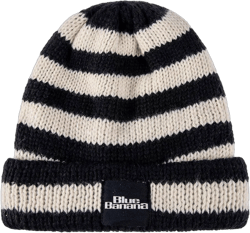
Gothic Blue Banana Knitted Beanie
Unknown$11.99
(128)
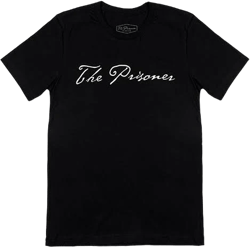
PWC The Prisoner T-Shirt
Unknown$35.00
(128)
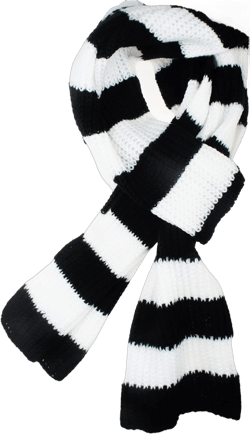
VIVIAN & VINCENT Fall Winter Ultra Soft Knit Striped Scarf for Women Men Boys Girls Black and White
VIVIAN & VINCENT$12.95
(128)
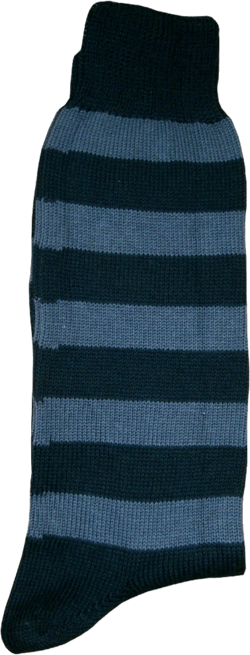
Bassin and Brown Hooped Stripe Cotton Socks - Black and Grey
Unknown$15.81
(128)
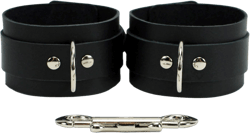
Carmine Combo Wrist and Ankle Cuffs Genuine Leather Handmade Leather Cuffs Combo (Black, Ankle)
VP Leather$27.99
(128)
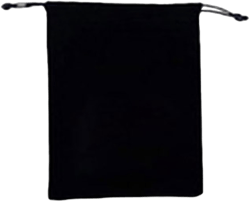
Miayilima Drawstring Bag Oxford Cloth Draw String Sack for Gym Outdoors Black
Miayilima$5.95
(128)

